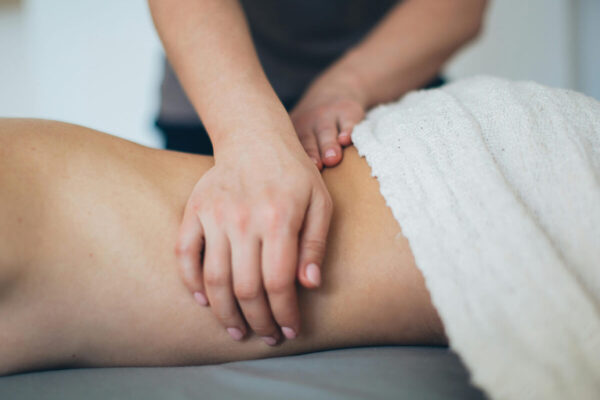How to Prevent an Anterior Cruciate Ligament (ACL) Injury
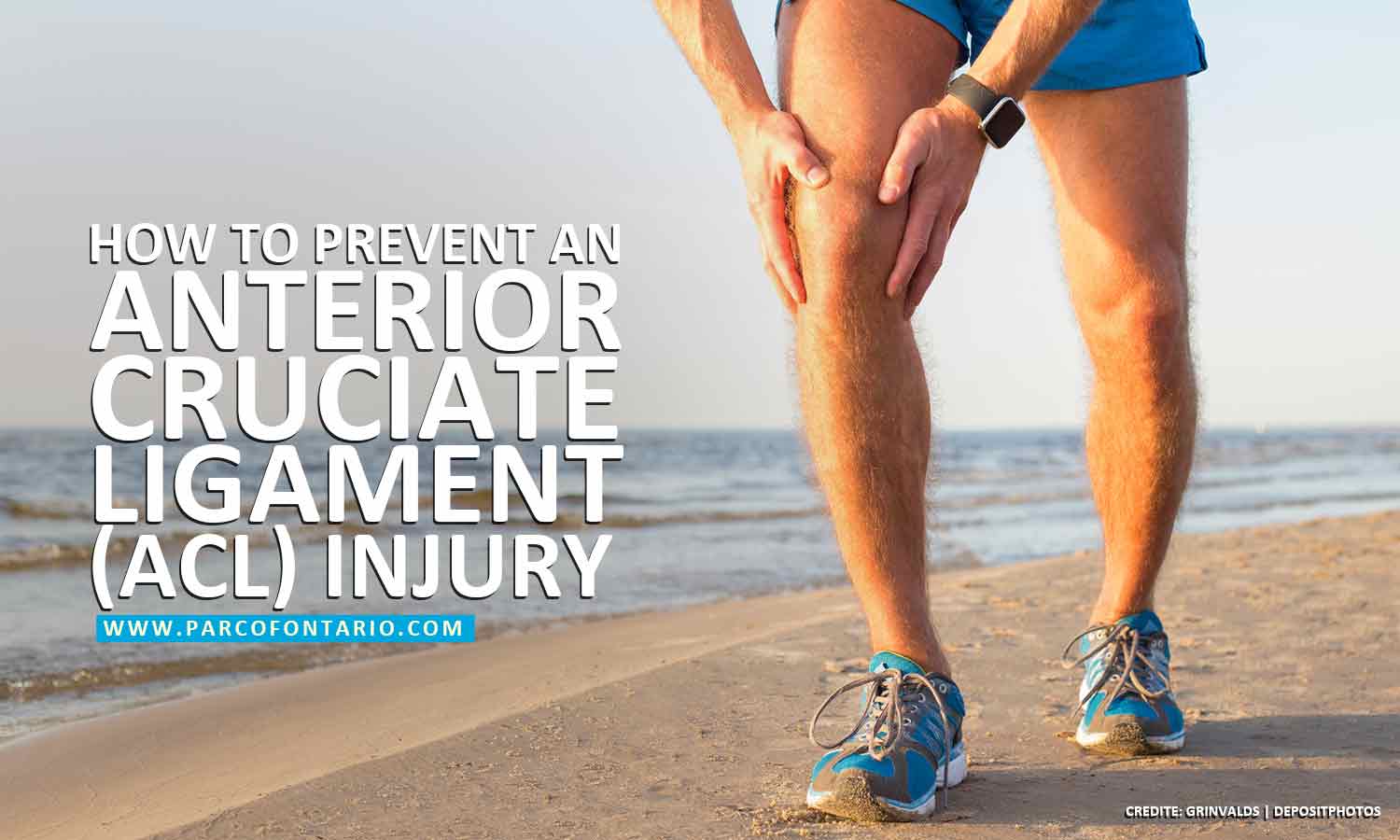
An anterior cruciate ligament (ACL) injury is one of the most common knee injuries. For athletes, it means the end of the season. If you’re an athlete or have an active lifestyle taking precautionary measures to avoid this injury should be one of your priorities.
What Is Anterior Cruciate Ligament Injury?
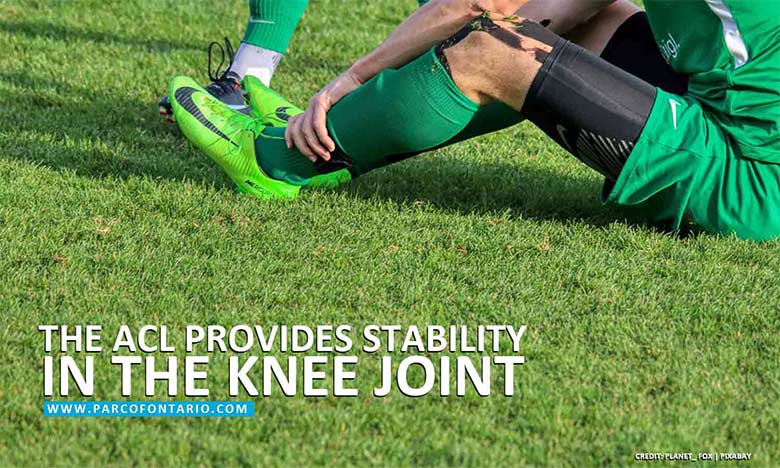
The anterior cruciate ligament is a major ligament that provides stability in the knee joint. It controls the motion of the knee and prevents your shinbone from sliding too far out of your thighbone.
According to Andrea Spiker, MD from the University of Wisconsin, “[ACL injury] happens when you plant the foot and pivot the leg, so your foot stays put but your body twists around it. That puts tension on the ACL and tears it. So people can even tear their ACL getting up from the couch or stepping off a curb — that little jolt can be enough to do it. But usually, we see ACL injuries with younger, active people who play higher-energy sports.”
While both athletes and non-athletes can get injured, people who engage in multi-directional sports, like basketball, volleyball, football, and skiing, are more susceptible.
To summarize, anterior cruciate ligament injury can be caused by:
- A rapid change in direction
- Incorrect landing after a jump
- An abrupt stop in movement
- Direct impact or collision (such as in a football tackle)
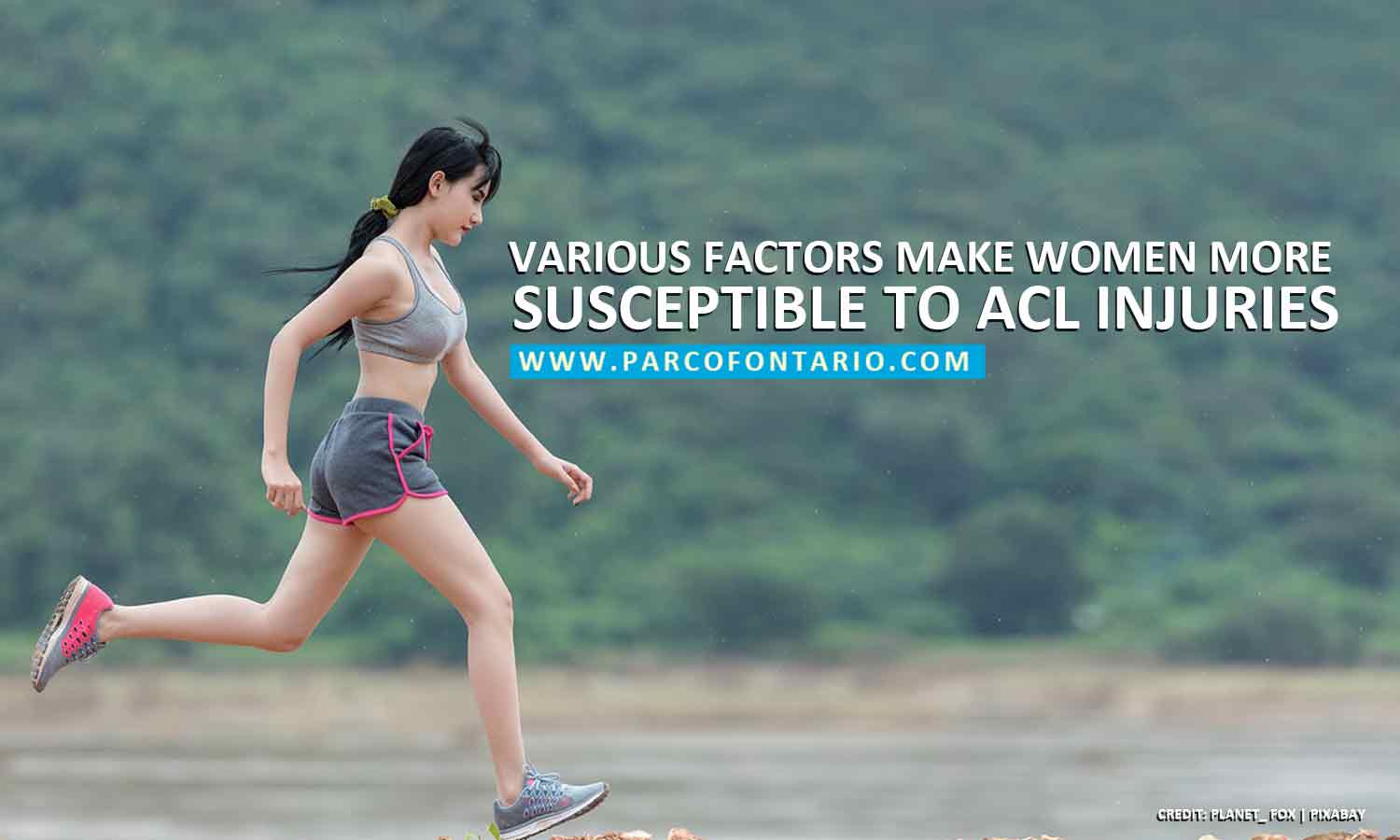
Women are more likely to injure their ACL. Studies suggest that this may be primarily because of differences in:
- Anatomy – Women have wider hips, affecting knee alignment.
- Biomechanics – Women’s knees are more flexible and are more prone to hyperextension.
- Hormones – High levels of estrogen affect ligament stiffness increasing susceptibility to an ACL injury.
Injuring your ACL can be determined through the following signs and symptoms:
- A popping sound
- Pain and swelling in your knee area
- Discomfort or instability when walking
- Loss of range of motion
Preventing ACL Injury
As for many sports injuries, preventive measures and exercises are important to lower the risks. Preventive training and strengthening techniques that include balance, power, and agility are being recommended to maintain and improve anterior cruciate ligament function.
Sports medicine experts recommend the following:
- Understand Your Sport and Your Body
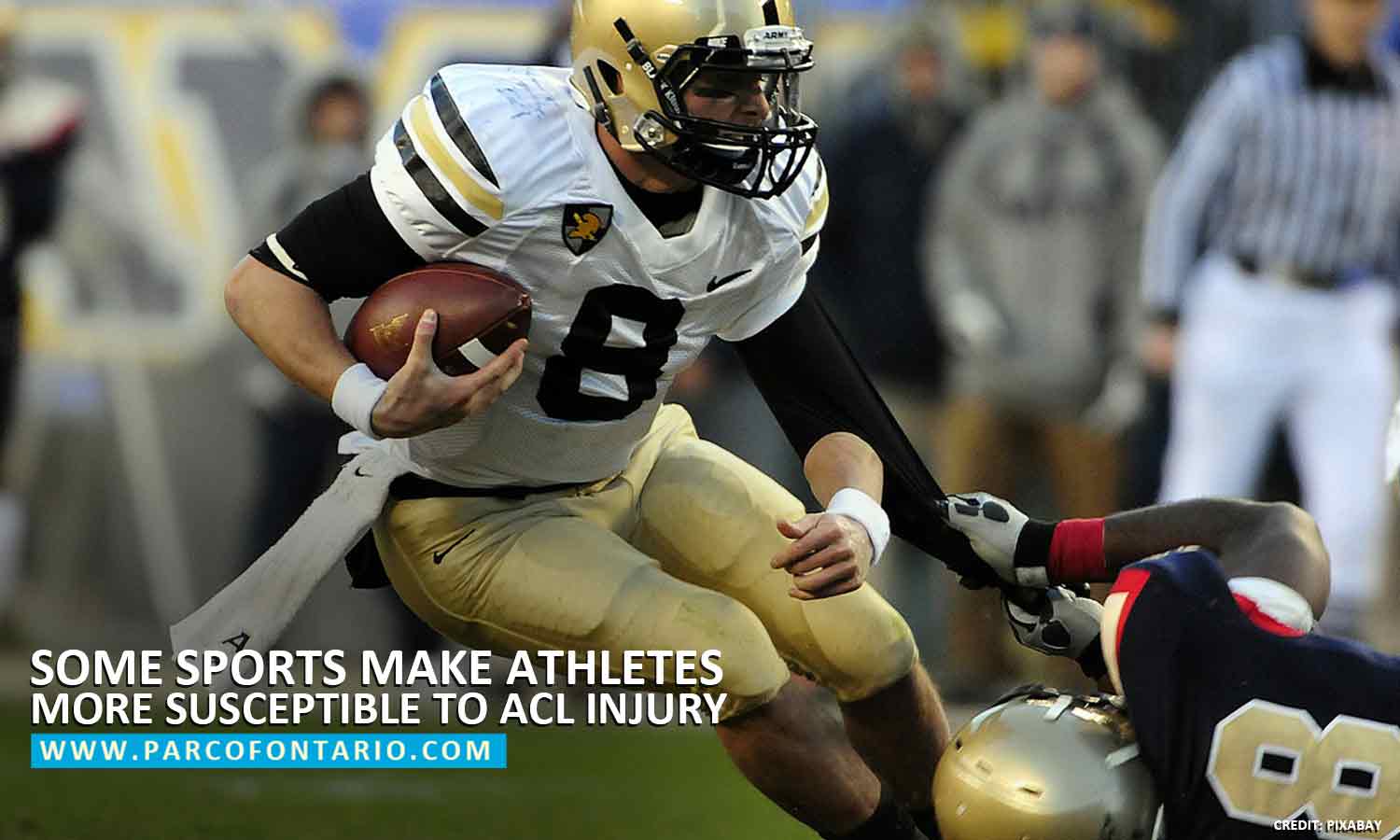
Different sports have different demands from your body. Prevention starts with awareness; knowing what you need to prepare for can have tremendous benefits in keeping your body in tip-top shape.
By knowing your sport, you will be able to modify your skills training to focus on fortifying the parts of your body that would exert the most effort. Moreover, by listening to your body, you can avoid overusing your bones and muscles. Do not play through the pain; see a doctor right away.
- Work on Agility and Muscle Strength
The sudden movement and unbalanced weight distribution put pressure on your legs, causing ACL injury. Especially for sports like football and basketball, where quick changes in action are involved, proper agility exercises can improve body form.
Likewise, a strong core and hips provide people balance. The hamstrings and quadriceps work to bend and straighten your legs. Improving and strengthening your core and lower body can help reduce the risk of injury.
Here are some simple home exercises you can do to strengthen your legs and lower risk to injury:
-
- Single-Leg Balance
- Quad Squats
- Heel Touches
- Wall Squats
- Leg Raises
- Lunges
- Planks and Side Planks
- Broad Jumps
- Training and Conditioning
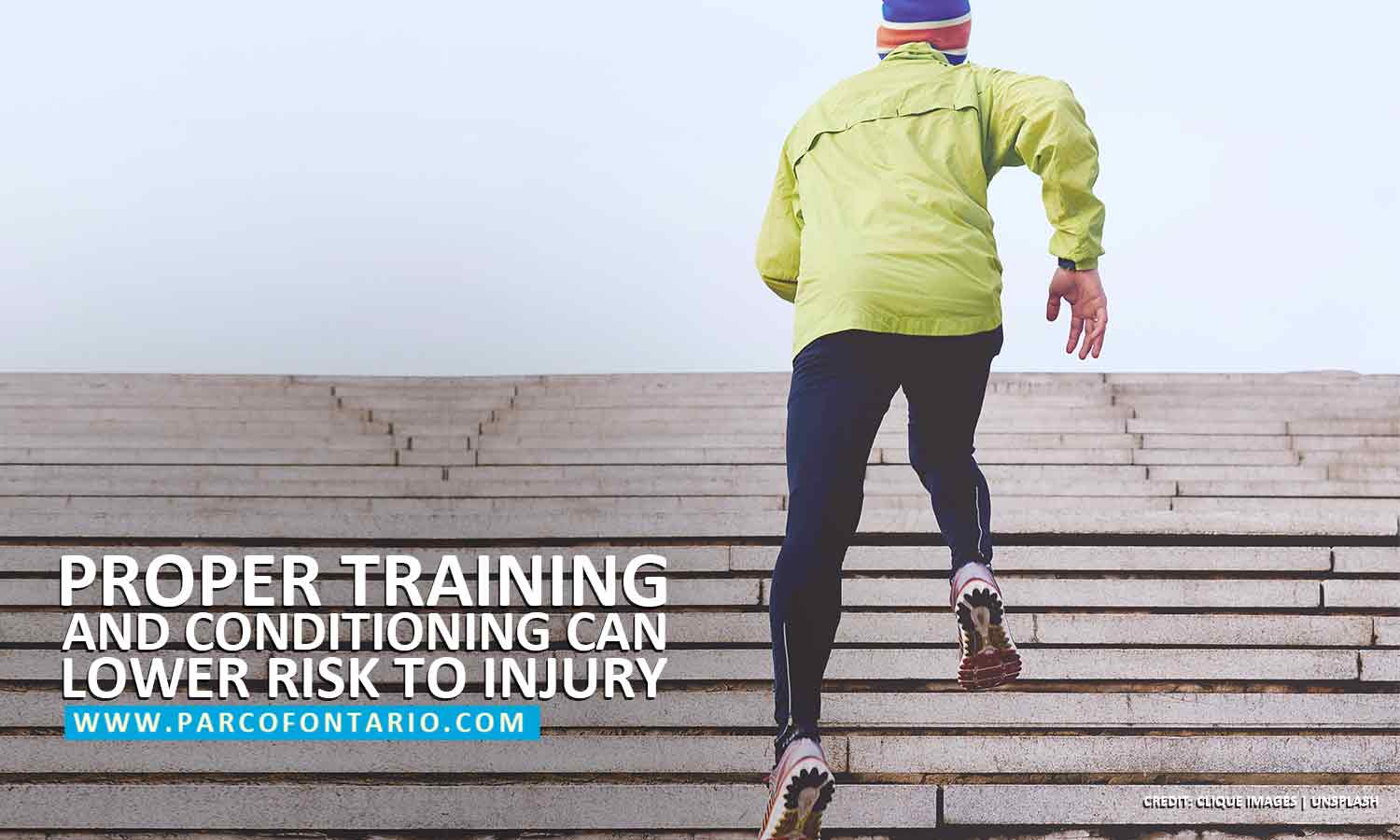
Having and performing a consistent strength and stretching exercises year-round helps with improving balance and coordination. Exercising even during off-season conditions your body and prepares it when the competition starts.
Conditioning also includes consumption of a well-balanced diet, especially after a good, heavy work-out. Proper nutrition and hydration keep your ligaments are healthy and strong. Eat foods that provide protein and calcium, such as fruits, vegetables, lean meat, and nut and legumes.
- Warm-Up Before Competition
Allow yourself some time to warm up prior to the start of the competition. Specific exercises and stretching prevent you from experiencing muscle sprain. Through warm-ups, you are able to use and condition your muscles without exerting force and challenging them all of a sudden.
- Practice Landing and Directional Change
As most of the anterior cruciate ligament injuries occur after improper landing or by changing direction rapidly, practicing skills related to them are important.
-
- Try to land on the balls of the feet as gently as you can before you roll back to your heels.
- Bend your knees when you land. Make sure they move in a straight path when bending and are not moving too close to each other.
- Your body has to be upright, and your knees and hips aligned. Never bend too far forward or backward at the hips when you land.
- As much as possible, always land on 2 feet. If not, bring down the other foot as quickly as you can to distribute weight.
Anterior Cruciate Ligament Injury Treatment
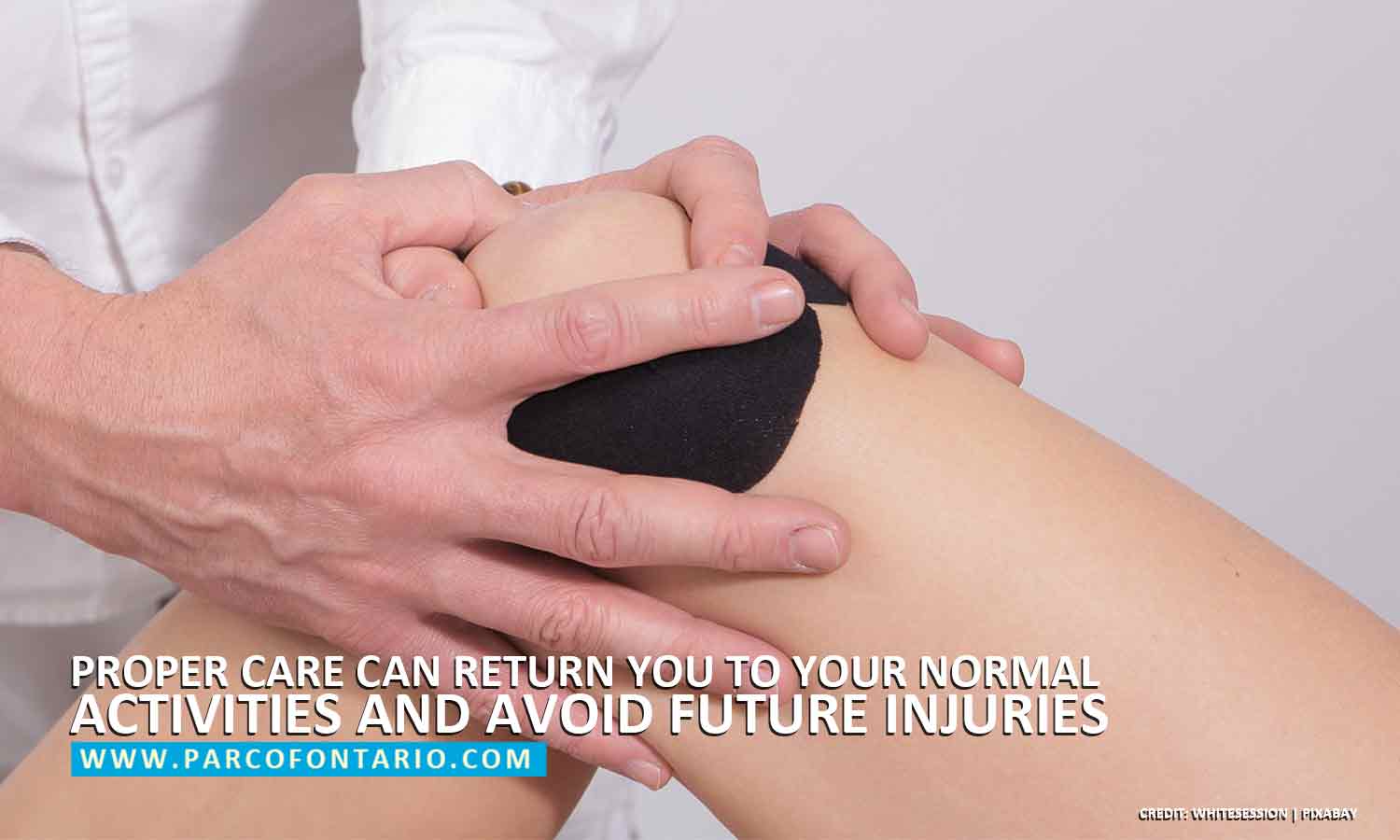
Treatment for anterior cruciate ligament injury varies depending on the patient’s need. Based on your doctor’s examination, not all torn ACLs would require surgery.
If knee stability is intact, your doctor may recommend non-surgical options like knee bracing, to protect your knee from instability and keep you from putting weight on it. Physical therapy to restore the function of your knee can also be prescribed.
However, when your knee is loose, surgical treatment is required. To repair the ACL, doctors have to reconstruct the torn ligament with a tissue graft. After surgery, it may take six months or more before one can gain full motion or for an athlete to return to sport.
Caring for Your ACL With Physiotherapy
Whether you need surgery or not, rehabilitation is vital in getting you back to your normal physical capacity. Be patient with your recovery. While you might feel good after surgery, your knee is still not yet capable of absorbing high-impact activities. Your tissues take time to regrow. It may take several months before you may be allowed to return to sports.
Once you’ve torn your anterior cruciate ligament, you have to be aware of the possibility of re-injury. By favouring their injured leg, many patients tend to put more pressure and force on their other leg, putting it at risk.
Physical therapy allows you to understand your movement patterns, your anatomy, and your sport. This way, you are able to modify your conditioning and reduce future risk. Your therapist will provide you with injury prevention techniques during the rehabilitation process. It is crucial that you choose the clinicians and doctors who have the expertise in dealing with injuries such as the ACL injury.
The Physiotherapy and Rehabilitation Centres (PARC) of Ontario offers sports therapy has been serving clients since 1995. With a wide range of services, a well-trained group of health professionals, and innovative treatment technologies, PARC Ontario provides complete and effective treatment solutions for each unique person.
We have clinics in various locations and are available at extended hours. You can book an appointment online now or call us at the following numbers:
(416) 445-2075 (Scarborough), (905) 897-2092 (Mississauga), (905) 686-9081 (Ajax), (905) 430-2112 (Whitby), and (905) 579-9938 (Oshawa).
